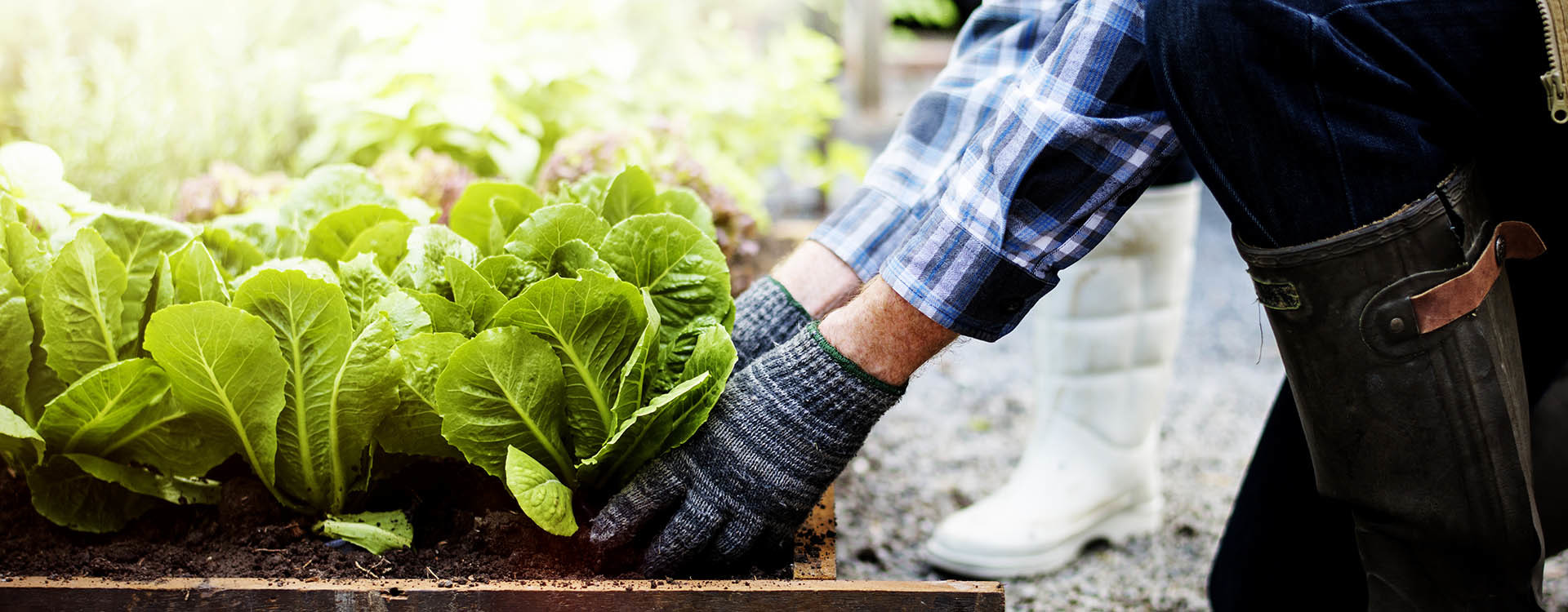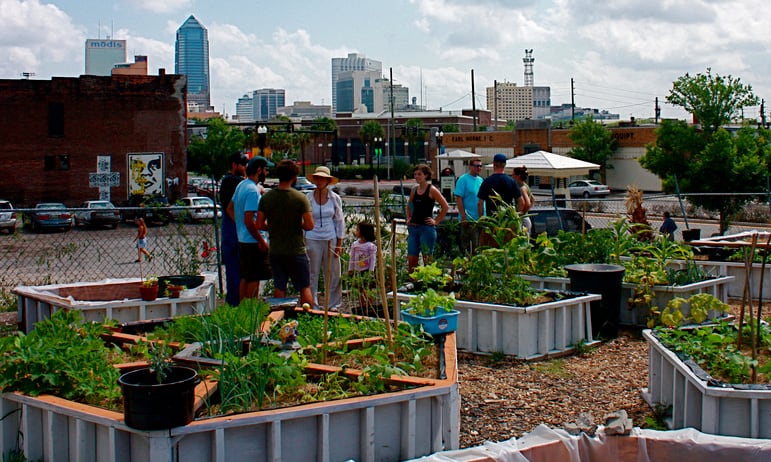A Biased View of City Blooming
A Biased View of City Blooming
Blog Article
City Blooming - The Facts
Table of ContentsGetting My City Blooming To WorkAll about City BloomingLittle Known Facts About City Blooming.10 Easy Facts About City Blooming ShownSome Known Details About City Blooming
Fascinated in growing food for sale in the City of Chicago? Below is a checklist of often asked inquiries pertaining to the regulations and guidelines that farmers should consider when planning a metropolitan farming project.
The zoning change does not change any various other codes taking care of composting, structure permits, acquiring or renting City had home, organization licenses or environmental contamination. There are existing codes that control these issues and they stay in full impact and may be applicable to your task. Neighborhood gardens are usually possessed or managed by public entities, civic organizations or community-based companies and preserved by volunteers.
Urban farms expand food that is planned to be marketed, either on a nonprofit or for-profit basis. Due to their business objective, city ranches call for a service certificate.
3 Simple Techniques For City Blooming
The amount of garden compost product can not go beyond 25 cubic yards at any type of provided time according to the criteria in 7-28-715 of the City's Municipal Code. Since the soil at many new yard sites requires amending, garden compost, dirt, timber chips, or various other materials can be obtained to create or enhance the growing area.

If a building permit is called for then the hoophouse will be taken into consideration an accessory structure. You can find out more about the building authorization demands by getting in touch with the Department of Buildings. The 25,000-square-foot size limit is intended to stop a solitary area garden from dominating a provided block or diminishing the block's existing domestic or commercial personality.
The limitation does not use to gardens found in Public Open Room (POS) districts. Can there be even more than one area yard that is 25,000 square feet on a solitary block? Secure fencing is not needed, however, yards that have huge auto parking areas may be required to mount fencing or various other landscaping features.
Examine This Report about City Blooming
B1 & B2 areas require that all business usage activities be conducted inside. Is fence needed for urban farms? Fencings may be needed, along with landscape design and screening, for particular car parking areas and outdoor work or storage areas depending on location and the specific task taking place.
Yes. Urban farms require building licenses and zoning authorizations before building and construction. Other types of city testimonial may be needed depending on specific structures, activities, size, landscape design, licensing, public health and stormwater monitoring concerns. A number of these needs are identified in the task style or allowing process, nevertheless, the candidate may be accountable to individually determine specific licenses or allows that may be called for.
Yes. The sort of license is established by what is happening at the site. The Department of Business Matters and Customer Defense can aid determine the particular kind of company certificate that's needed. Yes. Off road parking is required for many commercial jobs in Chicago. The required variety of car parking areas is based on the number of workers working on website and not the square video footage of the expanding space.
The 9-Minute Rule for City Blooming

An urban farm can market garden compost material created on website, nonetheless, the operation needs to comply with the guidelines in 7-28-715 of the Chicago Municipal Code. Aquaponic systems are enabled inside on urban farms in many zoning districts.
As much as five hives or nests of honey may be kept as an accessory use. Beekeepers must sign up with the Illinois Department of Agriculture. For more details about the suggested zoning amendment you may speak to the Department of Real Estate and Economic Development, Bureau of Planning and Zoning at 312.744.8563.
Farming in cities and urban areas A city ranch in Chicago. Urban agriculture describes different methods of cultivating. https://www.topratedlocal.com/city-blooming-reviews, processing, and dispersing food in city locations. The term likewise puts on the area activities of animal husbandry, tank farming, beekeeping, and gardening in a city context. Urban farming is differentiated from peri-urban agriculture, which takes place in backwoods at the side of suburban areas.
Facts About City Blooming Revealed
, who seek to develop useful source social networks established on a common ethos of nature and neighborhood holism. These networks can develop by means of formal institutional support, coming to be integrated into local community planning as a "change town" movement for lasting city development.
Some of the initial evidence of urban agriculture comes from Mesopotamia.
Report this page